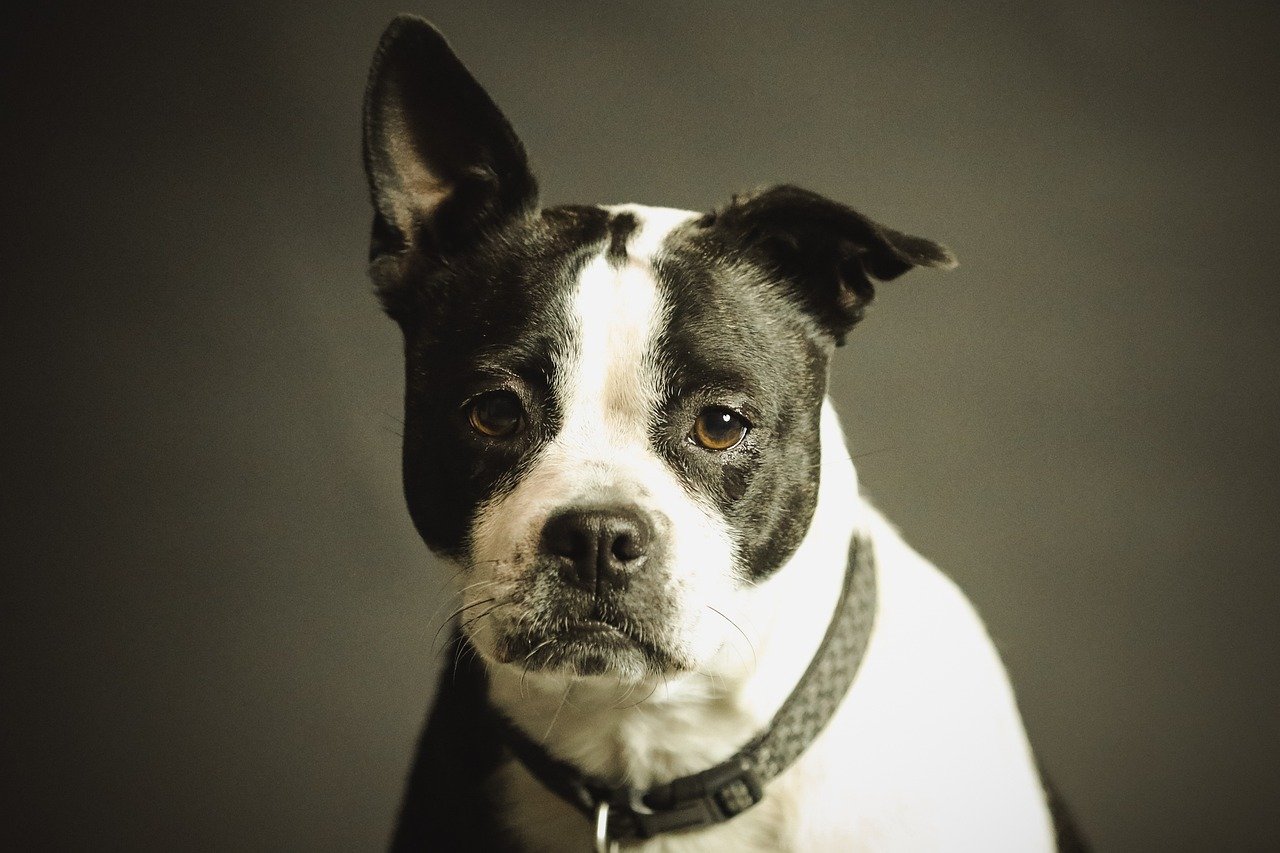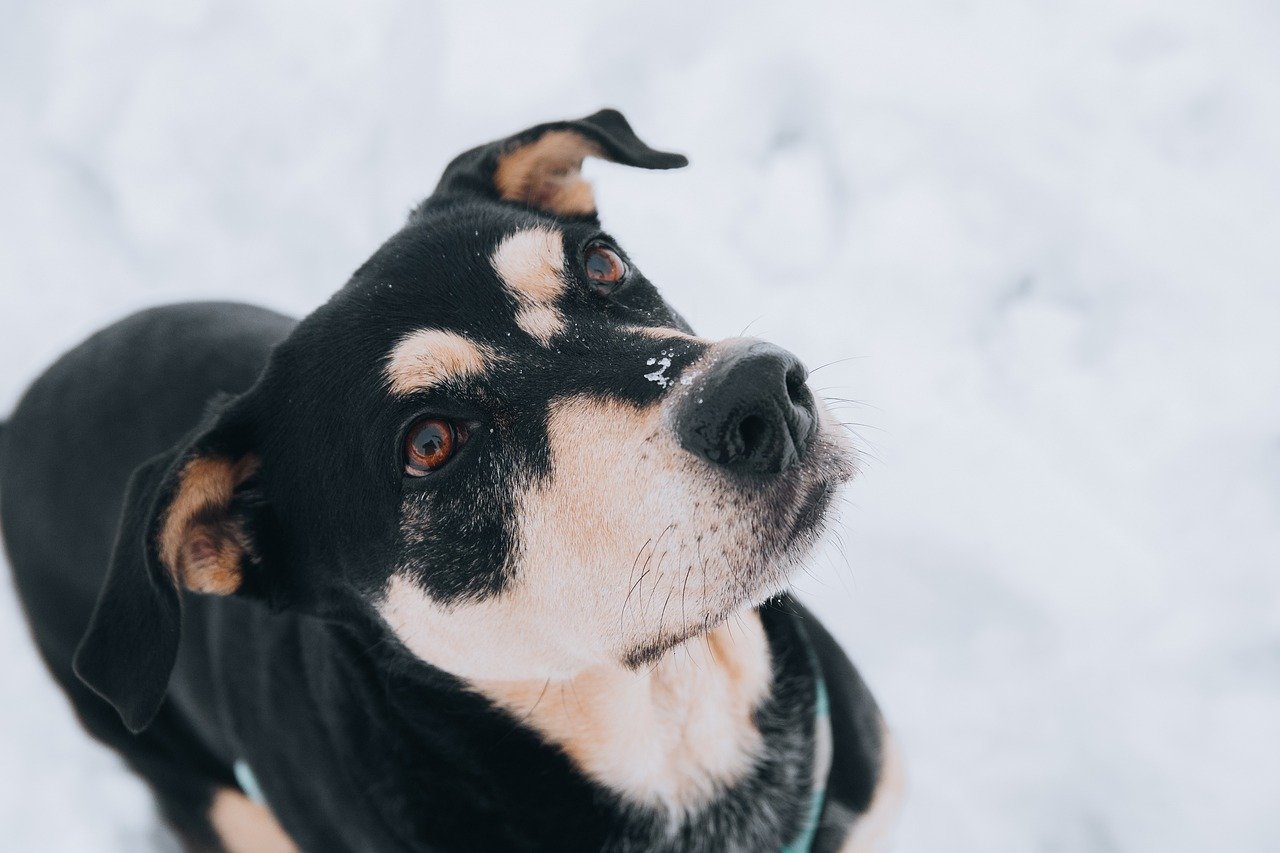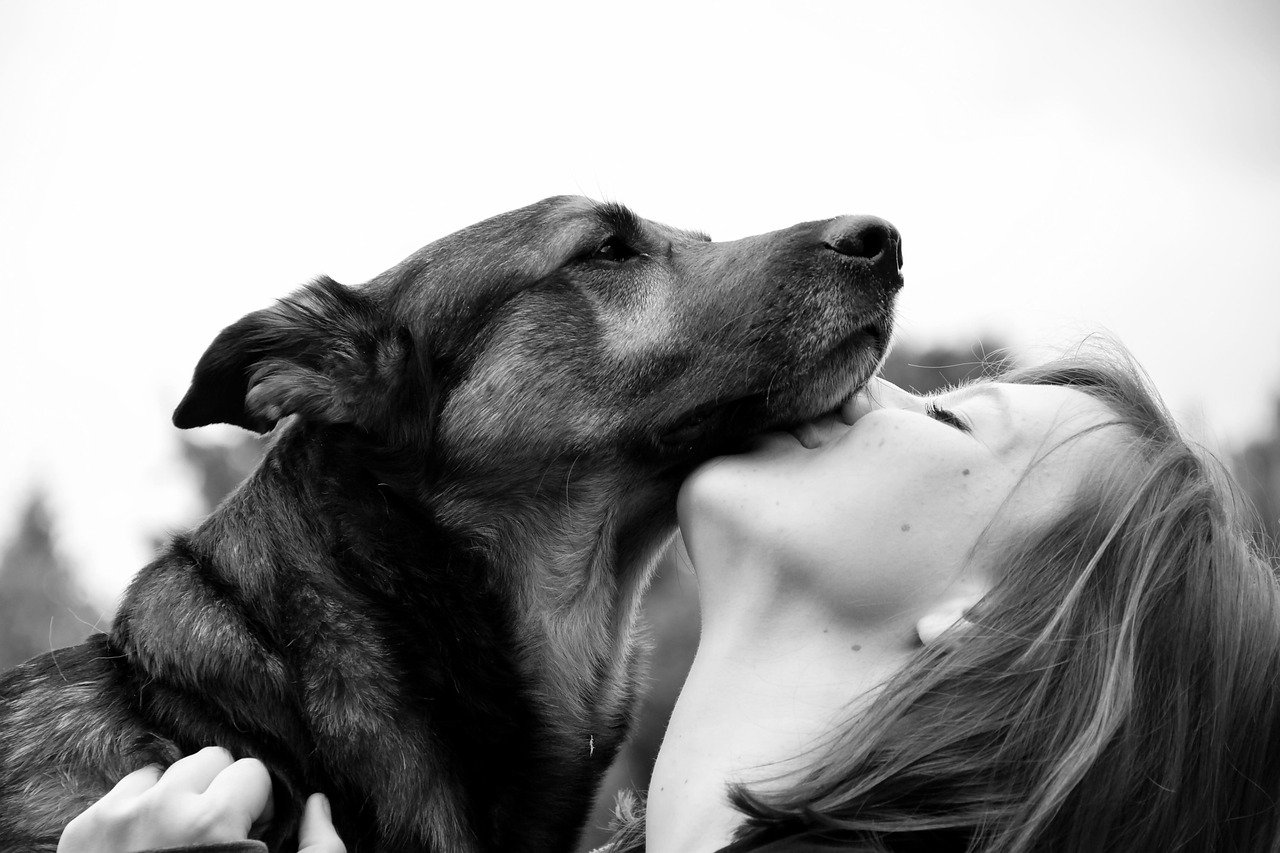Imagine coming home after a long day, and there’s your dog, wagging its tail enthusiastically, following you around the house, never leaving your side. It’s heartwarming, isn’t it? But wait, is it just love or could it be something more? This behavior, often labeled as clinginess, can be both endearing and puzzling. Is your furry friend simply showering you with affection, or is there an underlying issue of anxiety that needs attention? Let’s explore the world of canine emotions to unravel this mystery.
The Heartfelt Bond Between Dogs and Humans
Dogs have been our loyal companions for centuries, offering unwavering love and companionship. This bond is often described as one of the most profound connections in the animal kingdom. Dogs are naturally social creatures, and their attachment to humans can be a beautiful expression of love. They see us as part of their pack, and their desire to be near us is a testament to this bond. Much like a child seeking comfort from a parent, a dog may follow its owner everywhere to feel secure and loved. The wagging tails, the joyful barks, and the longing eyes are all signs that your dog genuinely cherishes your presence.
Understanding Canine Anxiety

However, not all clingy behavior is rooted in affection. Sometimes, it’s a sign of anxiety. Canine anxiety can manifest in various ways, from excessive barking to destructive behavior when left alone. Dogs, much like humans, can experience anxiety due to changes in their environment, past traumatic experiences, or even a lack of socialization. When a dog is anxious, they may cling to their owner as a source of comfort. This behavior can be mistaken for love, but it’s essential to recognize the signs of anxiety to provide the necessary support and care.
Signs Your Dog Might Be Anxious
Identifying anxiety in dogs can be challenging, but there are telltale signs that can help. If your dog becomes restless, pants excessively, or paces around the house, these could be indicators of anxiety. Additionally, if your dog exhibits destructive behavior, such as chewing furniture or scratching doors when left alone, it might be a cry for help. Some dogs may even become overly vocal, barking or whining incessantly. Recognizing these behaviors is crucial in determining whether your dog’s clinginess is a sign of anxiety rather than affection.
The Role of Separation Anxiety

One of the most common forms of anxiety in dogs is separation anxiety. This occurs when a dog becomes overly attached to its owner and experiences distress when left alone. Dogs with separation anxiety may display clingy behavior, following their owner from room to room and becoming distressed when they prepare to leave. This condition can be particularly challenging for both dogs and their owners, as it often results in destructive behavior and emotional distress. Understanding and addressing separation anxiety is essential to improving your dog’s well-being.
Is It Love? Understanding Affectionate Behavior
Of course, not all clingy behavior is a sign of anxiety. Many dogs are naturally affectionate and enjoy being close to their owners. This behavior is often seen in breeds known for their loyalty and companionship, such as Labrador Retrievers and Golden Retrievers. These dogs thrive on human interaction and express their love by staying close to their owners. It’s essential to differentiate between affectionate behavior and anxiety-induced clinginess to ensure your dog’s happiness and health.
How to Support an Anxious Dog

If you suspect that your dog’s clinginess is due to anxiety, there are several steps you can take to help them feel more secure. Providing a safe and comfortable environment is crucial. Consider creating a designated space where your dog can relax and feel at ease. Additionally, establishing a routine can help reduce anxiety by providing predictability. Training and socialization are also essential in building your dog’s confidence and reducing anxiety. In severe cases, consulting a professional dog trainer or veterinarian may be necessary.
Building a Healthy Relationship with Your Dog
Building a healthy relationship with your dog involves understanding their needs and emotions. Whether your dog’s clinginess is a sign of love or anxiety, it’s important to respond with patience and compassion. Spend quality time with your furry friend, engage in activities they enjoy, and provide plenty of mental and physical stimulation. By fostering a strong bond and addressing any underlying issues, you can ensure a happy and harmonious relationship with your canine companion.
Conclusion: Love, Anxiety, or Both?
In the end, canine clinginess can be a complex mix of love and anxiety. Understanding your dog’s behavior and emotions is key to providing the best care possible. Whether it’s showering them with affection or addressing their anxiety, your response plays a crucial role in their well-being. Dogs are incredibly perceptive creatures, and they rely on us to guide them through their emotional experiences. So, next time your dog follows you around, take a moment to consider: Is it love, anxiety, or perhaps a little bit of both?

Born and bred in South Africa, a Capetonian at heart. Amy-Leigh’s love for nature and animals was inherited from her Dad. He loves taking the family on road trips to experience nature at its finest; Amy-Leigh’s favourite being whale watching in Hermanus and spotting Kudu along the West Coast. Amy-Leigh holds a BA in English Literature and Communication Studies.





